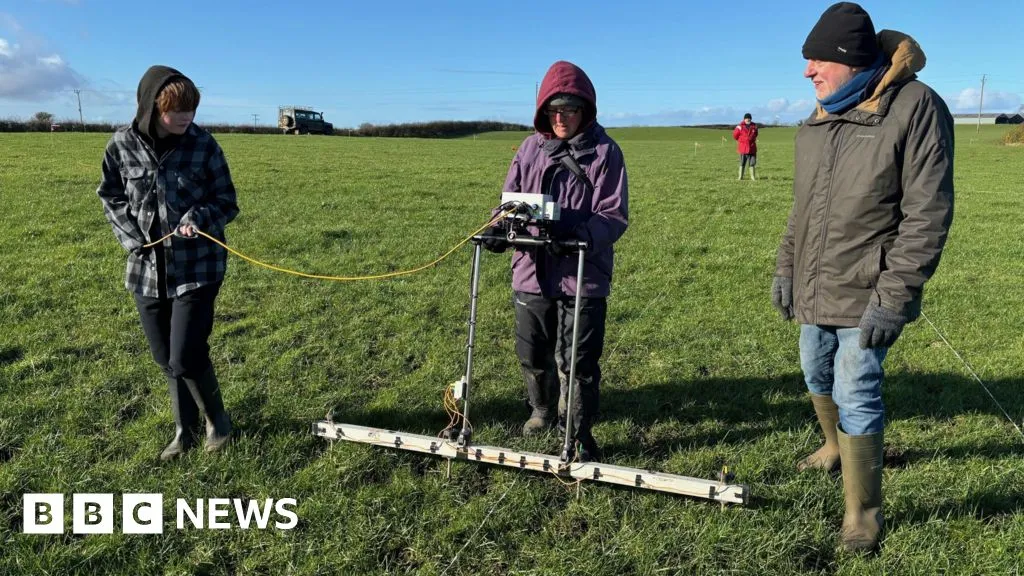- cross-posted to:
- britisharchaeology
- cross-posted to:
- britisharchaeology
cross-posted from: https://feddit.uk/post/14366104
Volunteers are set to take part in a 12-day archaeological dig in the hope of finding signs of medieval life on a farm.
The excavation at High Tarns Farm in Silloth will begin on 22 July.
It will be led by archaeologist Mark Graham and follows his discovery of crop marks on the land, which suggest it was once the site of a large medieval building.
Mr Graham said he was “excited” but warned it could be a let down, adding: “If you’re going to be an archaeologist, you better get used to disappointment.”
Due to written records, archaeologists have long known that part of the town was once the site of a medieval farm linked to Cistercian monks.
…
The marks looked like a “footprint of a large timber building”, he said, adding: “I nearly fell off my chair.”
He suspected the building was timber as the marks corresponded with holes required for large wooden posts to hold up such a structure.
No such building is detailed in maps going back to the 1800s, he added, and the marks suggest the building is about 50m (164ft) long and 20m (66ft) wide.
Mr Graham’s two main theories about the potential building are that it was once a barn belonging to the Cistercian farm, or it is even older and was the home of a Viking chieftain.
“There have been houses on the scale that we’re talking about excavated in Scandinavia but to find such a thing here in Cumbria would be absolutely remarkable,” he said.
This is the best summary I could come up with:
Volunteers are set to take part in a 12-day archaeological dig in the hope of finding signs of medieval life on a farm.
Due to written records, archaeologists have long known that part of the town was once the site of a medieval farm linked to Cistercian monks.
Mr Graham said he noticed crop marks when he was looking at aerial images in 2022.Crop marks are made by vegetation drawing on better nutrients and water supplies trapped in long-gone fortification ditches - leading to lush green growth that stands out.The marks looked like a “footprint of a large timber building”, he said, adding: “I nearly fell off my chair.”
He suspected the building was timber as the marks corresponded with holes required for large wooden posts to hold up such a structure.
“There have been houses on the scale that we’re talking about excavated in Scandinavia but to find such a thing here in Cumbria would be absolutely remarkable,” he said.
The site will be excavated by about 50 volunteers who hope to find signs of medieval life which can date the building.
The original article contains 356 words, the summary contains 183 words. Saved 49%. I’m a bot and I’m open source!



